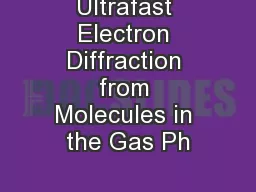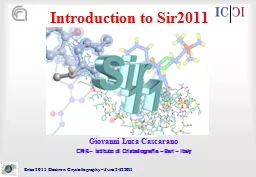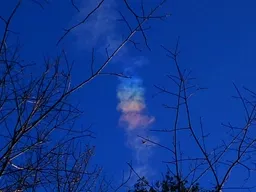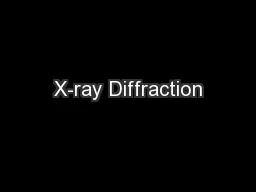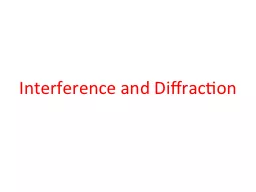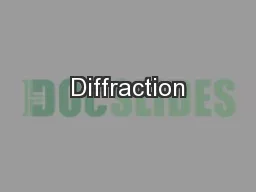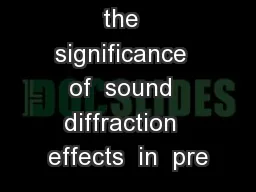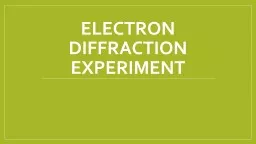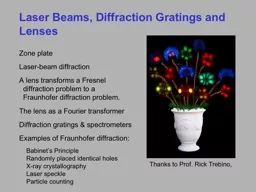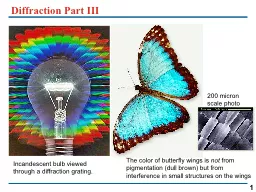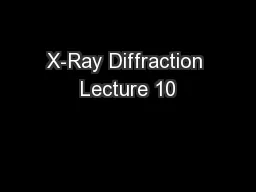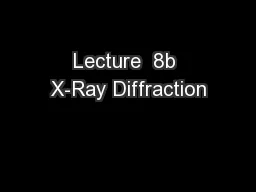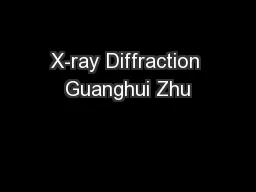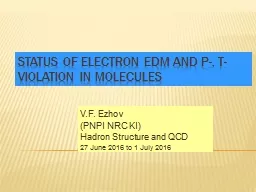PPT-Ultrafast Electron Diffraction from Molecules in the Gas Ph
Author : tatyana-admore | Published Date : 2017-12-02
Martin Centurion Department of Physics and Astronomy University of Nebraska Lincoln 1 Outline 2 Diffraction from aligned molecules 3D molecular images with subAngstrom
Presentation Embed Code
Download Presentation
Download Presentation The PPT/PDF document "Ultrafast Electron Diffraction from Mole..." is the property of its rightful owner. Permission is granted to download and print the materials on this website for personal, non-commercial use only, and to display it on your personal computer provided you do not modify the materials and that you retain all copyright notices contained in the materials. By downloading content from our website, you accept the terms of this agreement.
Ultrafast Electron Diffraction from Molecules in the Gas Ph: Transcript
Download Rules Of Document
"Ultrafast Electron Diffraction from Molecules in the Gas Ph"The content belongs to its owner. You may download and print it for personal use, without modification, and keep all copyright notices. By downloading, you agree to these terms.
Related Documents

